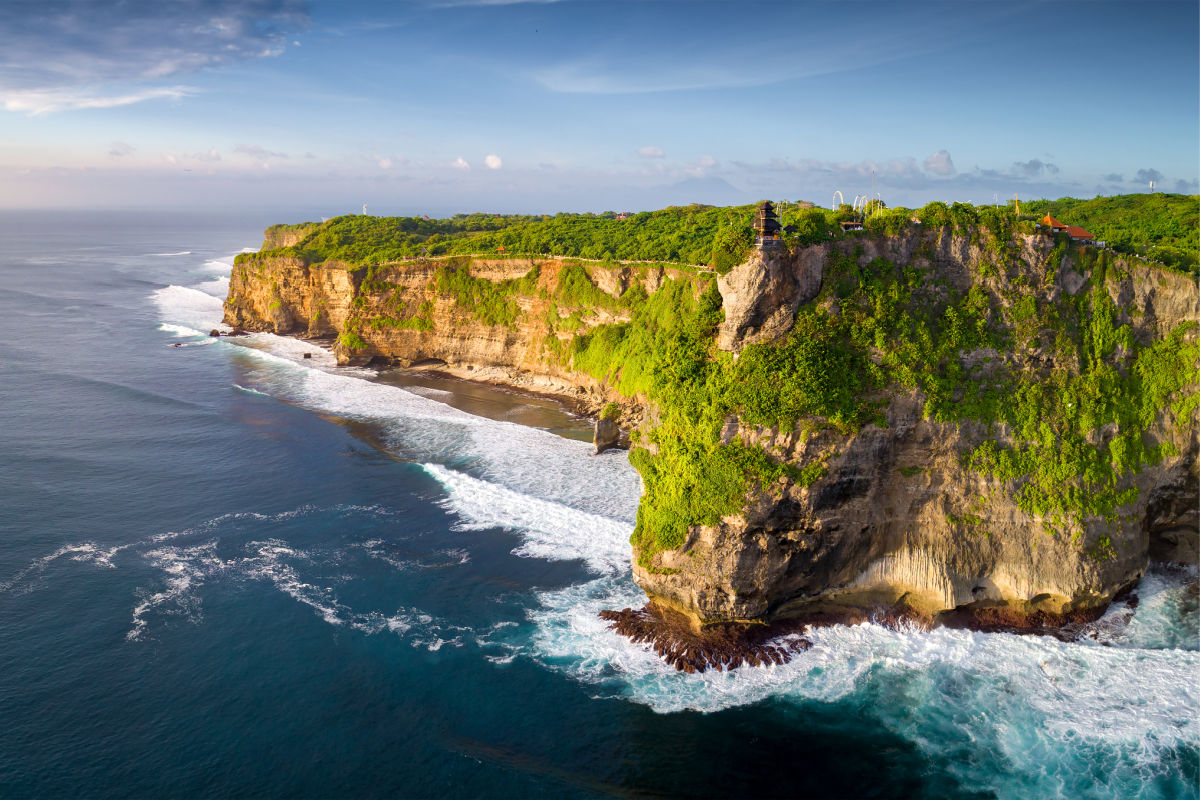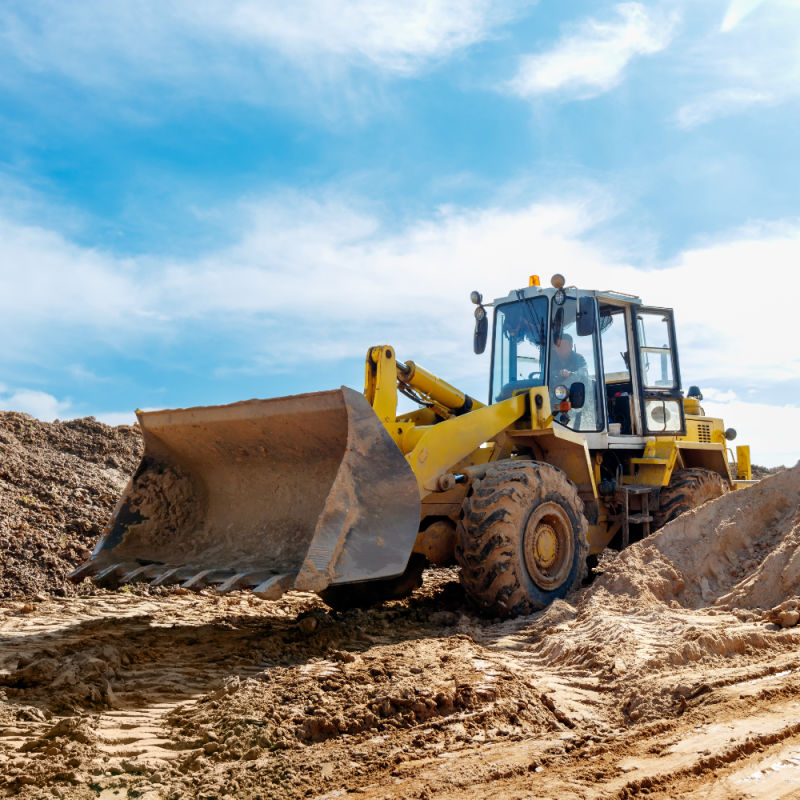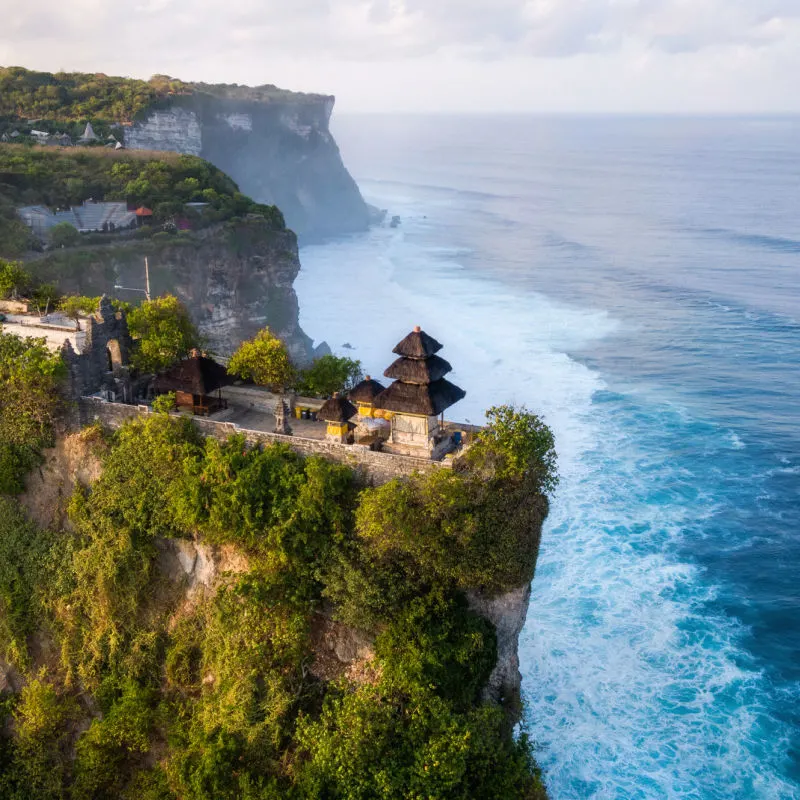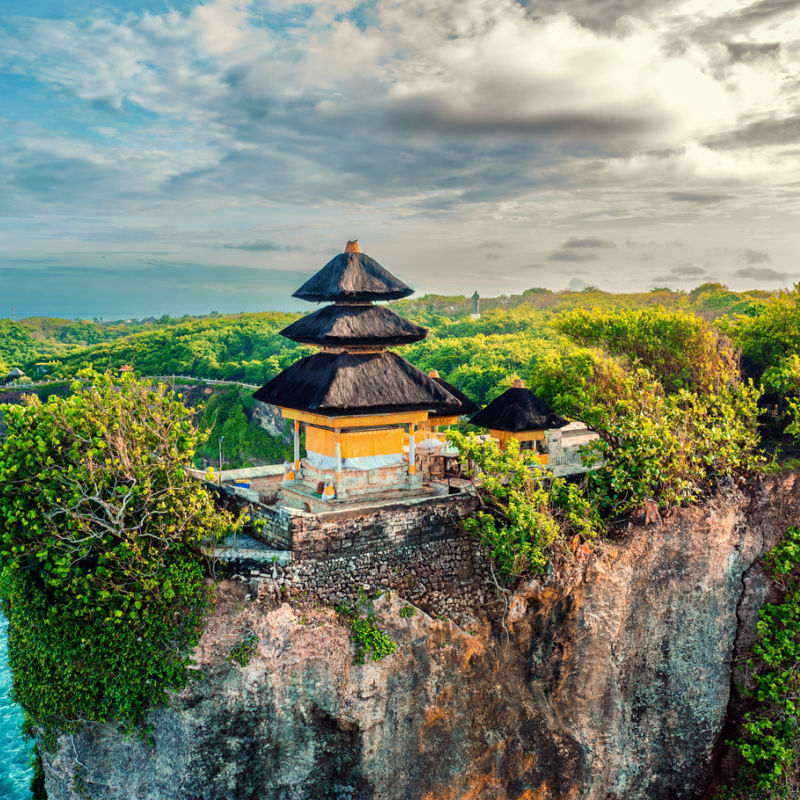Local communities and tourists in Bali are raising serious concerns about the construction and preservation work underway on the cliffs at Pura Luhur Uluwatu.
Regency government leaders have committed to ensuring vital perseveration work is completed on cracks that have appeared in the cliff beneath Uluwatu Temple, but as work gets underway, Bali lovers are seriously concerned the project is doing more harm than good.

The project was initially outlined as straightforward cliff face reinforcements to brace the ancient cliffside against a series of cracks in the rock that have been present for over fifty years.
Engineers assessed that reinforcement work would help preserve the cliffside, and therefore the clifftop temple, for many more generations to come.
As work has gotten underway and construction teams have started clearing a path to create an access road for heavy machinery, further plans have emerged for what is now referred to as the Uluwatu Seawall. Parties are offering conflicting statements regarding the access road and the proposed sea wall.
Local community members, tourists, and Bali lovers internationally have been shocked and outraged further by footage of diggers and dumper trucks pushing rock and cliff debris into the ocean.
Uluwatu is home to a healthy population of turtles and other endangered marine life; the area is also incredibly popular for crystal clear waters and world-class surf.
The Head of Pecatu Village, Made Sumerta, has spoken to reporters about the construction work. He explained, “I believe this workmanship is what makes the seawater cloudy. So this is quite a concern for tourists who do water sports or surfing. There are many complaints from foreign tourists.”
He blamed poor workmanship for the debris dumped in the ocean. He also called on Badung Regency authorities to step in and better supervise the project.
Sumerta added, “As we know, in Pecatu especially, there are many tourist places that surf, so this pollution is quite disturbing. Please evaluate. Evaluated and supervised so that there is no material discharge into the sea.”
Sumerta was clear that the road must only be meant to be used for access related to the preservation works and cannot be used for other purposes so as to maintain the sacred nature of Pura Luhur Uluwatu and the surrounding areas.
He added, “I think the inspection route is not a problem because it is for the sake of inspection, not for other interests. So how will the pattern be when the inspection is there a car that comes down carrying tools?”
“It must be adjusted to the drawings and needs without removing the sacredness, and this must be locked only for the inspection line.”

Sumerta reiterated his commitment to controlling commercial investment in Pecatu Village, which is the biggest village in the resort area of Uluwatu.
He explained, “We are clear: there is no commercial interest here. The gift of Ida Bhatara that we have through tourism has given us a lot of prosperity. We will not exploit this nature for commercial purposes. This activity is purely for protection and security.”

Sumerta concluded, “I asked the technical team from [the Ministry of Public Works]. We are from a traditional village, and we do not have the capacity for that. We do not have expertise in that field.”
“We hope that the technical team from PUPR can carry out the necessary supervision and evaluation to ensure that this project does not have a negative impact on the environment.”
Speaking separately through the Head of the Badung Ministry of Public Works and Public Housing, IB Surya Suamba, said, “Yesterday, we called the excavator’s officer who neglected the SOP. We have been reprimanded not to repeat it. If it still happens, we will change it directly.”

He concluded, “The construction of this inspection road is the only way to handle cliff cracks and secure the condition of the cliff foundation. This is done on the basis of the study and consent of the pengpon (Balinese traditional calendar) and the temple’s owner.”
Remove All Ads & Unlock All Articles… Sign up for The Bali Sun Premium

Plan Your Bali Holiday:
Book The Best English Speaking Drivers For Airport Transfers & Tours
Choose From Thousands of Bali Hotels, Resorts, and Hostels with Free Cancellation On Most Properties
Book Cheap Flights To Bali
Don’t Forget Travel Insurance That Covers Medical Expenses In Bali
For the latest Bali News & Debate Join our Facebook Community
SUBSCRIBE TO NEW POSTS
Enter your email address to subscribe to The Bali Sun’s latest breaking news, straight to your inbox.
Discover more from The Bali Sun
Subscribe to get the latest posts sent to your email.

Steve b
Wednesday 4th of September 2024
Alot of very self important people puffing out their chests now rooting another area for heavy machinery while others and them scheming how to make money off said road and more destruction
baliblest
Wednesday 4th of September 2024
well, that would be a surprise....
Exp
Wednesday 4th of September 2024
The Balinese do not even spare their sacred sites from vandalism.
What is the point of keeping the pura at cliff edge if surroundings have been escavated and dropped into the ocean?
As I said before: relocate Pura inside safe distance at minimum cost and let nature work on the cliff as one day the ocean will win.
Exp
Sunday 8th of September 2024
@Anton, Some links. Appears that total destruction is planned for nearby cliff face near temple to provide an access road down to sea level and building of a seawall. A project unlikely (in my view) to safeguard the cliff as earthquake is the main risk factor, not erosion from waves.
LINK LINK
Anton
Wednesday 4th of September 2024
@Exp, they have bigger plans with that area possibly a small harbor with a wall that stretches out where new restaurants can be placed
Shorty
Wednesday 4th of September 2024
@Exp,
The temple is not just the buildings. Among other things it combines the reason for the location, the spiritual and emotional history and it's significance to the Balinese.
You can relocate the buildings, but not the rest.